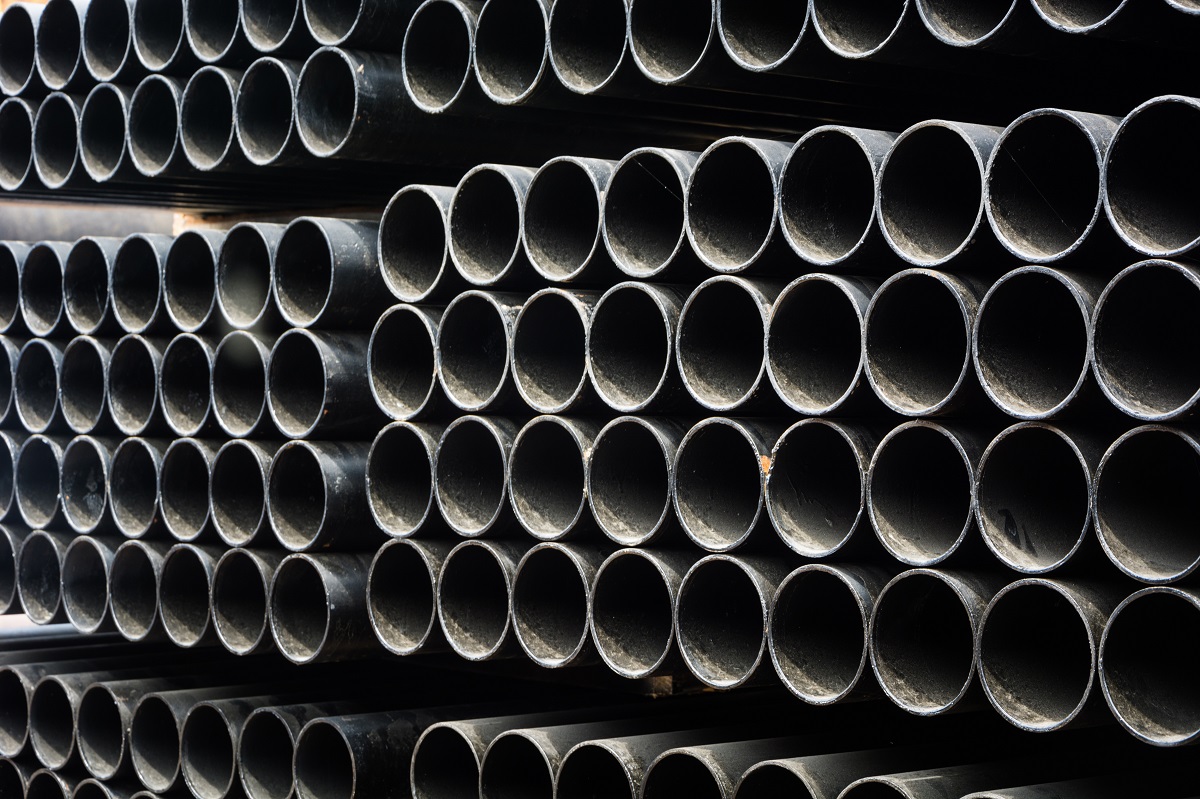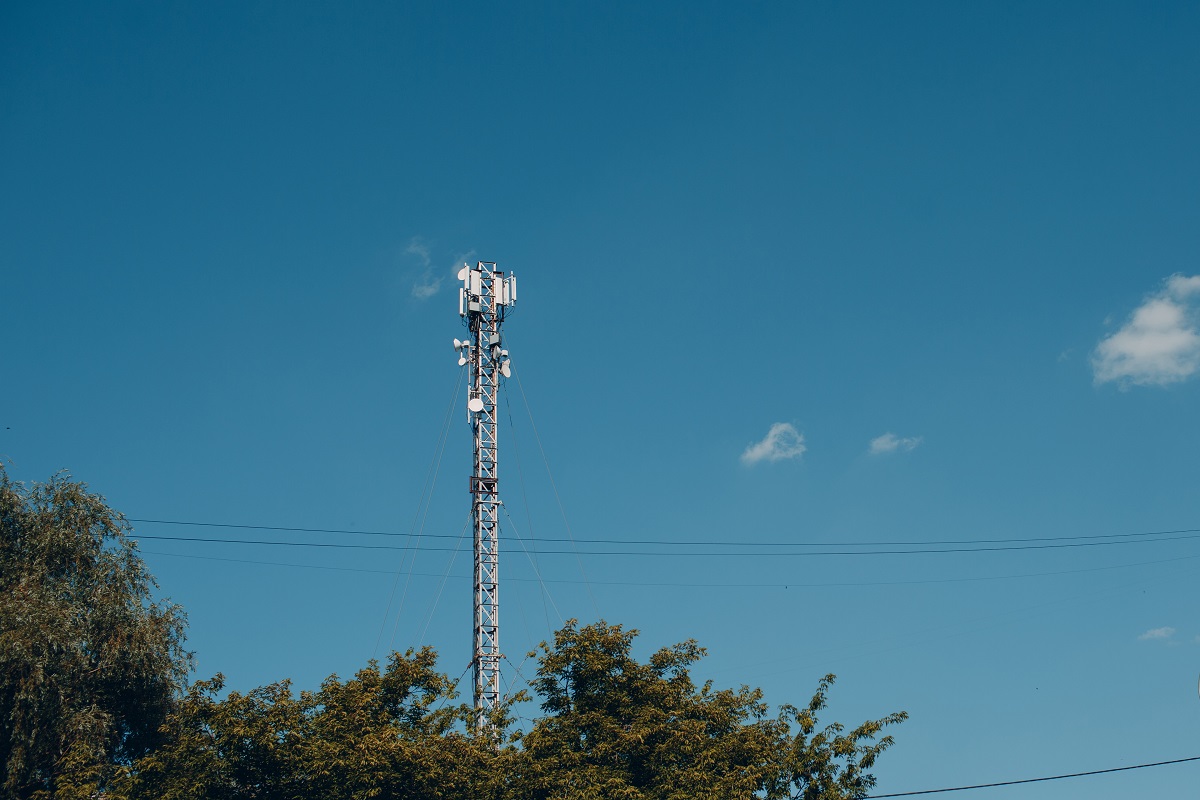
6 Industries That Use Galvanized Iron Pipes
What are the industries that use galvanized iron pipes?
- Automotive and Aerospace
- Plumbing
- Wind and Solar
- Agriculture
- Construction
- Telecommunications
When deducing the applications of galvanized iron pipes, it is important to know the many benefits and the various industries that use it. Galvanized pipes are known to have inherent longevity while also being very affordable. Galvanized steel implies are different from other steel and iron tubing due to its protective zinc layer. The zinc layer reacts with oxygen to create a zinc carbonate that creates a rust-proof, long-lasting surface. Galvanized metals are used everywhere and here are some examples.
Automotive and Aerospace
Car bodies are made from galvanized metals. In the early 80s, only luxury models would use these zinc-coated miracles. It wasn’t popular for entry-level vehicles. However, most automobiles are now made up of galvanized materials. The rust resistance is one of the main marketing tools for automotive dealers as it is said that it can provide anti-rust warranties to potential buyers.
The aerospace industry has also been using sheet metal and metal pipes for years now. Moving forward from steel and aluminum, different alloys, composite materials, and galvanized materials are used to create tons of commercial aircrafts used today.
Through the process of galvanization, a lightweight yet durable material can be created to properly fit aeronautic standards. These galvanized iron pipes can also be used to create a leak-resistant pipe for airline fittings and air pipes. Compressed air can be tricky to handle but with the right piping system, it can be easy to achieve a high-quality, lasting result through the use of properly galvanized materials.
Plumbing

Similar to the aerospace industry, plumbing and piping can use galvanized iron pipes. The life expectancy of galvanized plumbing systems can last up to 70 years depending on the region’s conditions. The conditions include water impurities, zinc thickness, and proximity to electrical grids. This material is especially useful for places with poor weather conditions. It can be used for both residential and commercial projects, as well as outdoor applications that need galvanized iron’s mechanical strength in harsh weather conditions. It can often be seen used in applications such as traditional and prefab houses, offices, malls, and the like.
Wind and Solar
Solar projects have a continuous workflow. Any interruptions can cause revenue loss. It is important to use a material that can withstand corrosion and more. This is why galvanized iron pipes and steel pipes are popular for solar power sites. The corrosion resistance ensures that structures can last for years, even when exposed to harsh elements.
These materials are also preferred as the production of galvanized iron pipes lacks the production of emissions which makes it optimal for environmental sustainability. It’s a cheap material that can often last for decades while also being able to handle harsh conditions and harsh environments.
Agriculture

Agriculture equipment is easily susceptible to corrosion. Chemical and natural forces can tear down tools and equipment if they lack a protective layer. Instead of opting for these, resilient tools and equipment can be achieved through galvanization and galvanized iron pipes. Agricultural equipment becomes tougher and more resilient. It can withstand wear from constant use and harsh chemicals. Since galvanization is such an affordable process, it’s an easy investment that isn’t too harsh on the wallet.
Construction
Arguably the most common industry that makes use of galvanized iron pipes is the construction industry. That’s for good reason as it has been popular for over a century and has been the top choice of many experts. The durability of galvanized iron pipes can be used for residential and commercial applications.
These pipes can also be used for design and aesthetics. The appearance of galvanized metals is often associated with an elegant sheen. It gives an instant contemporary vibe and is very popular for a lot of modern structures. Galvanized iron pipes may not always be used for large scale pieces but it can be commonly found on rails, tubing, poles, gutters, and fencing.
Telecommunications

Phone lines are the backbone of society’s communication. It can be very hard to maintain and keep these important structures in shape if the wrong material is used. The wrong material can put maintenance workers at risk and it can also damage the structure itself.
Instead of worrying about this problem, more telecommunication companies are making use of galvanized iron pipes and materials to provide a low-maintenance structure. These materials can be used on phone wiring, equipment boxes, and towers to provide the perfect low-maintenance, rust-resistant telecommunication equipment.
Key Takeaway
Galvanized iron pipes can be used for many applications. It’s not limited to the ones listed above. Industries that create structures can enjoy the benefits of galvanized materials to create lasting, superior fabrications. From automobiles to telecommunications, the projects created with galvanizing can receive economic and structural benefits. Even when you’re transporting, installing, and maintaining these coated iron pipes, you can be assured of its inherent protection due to the quick and easy process of galvanization.


